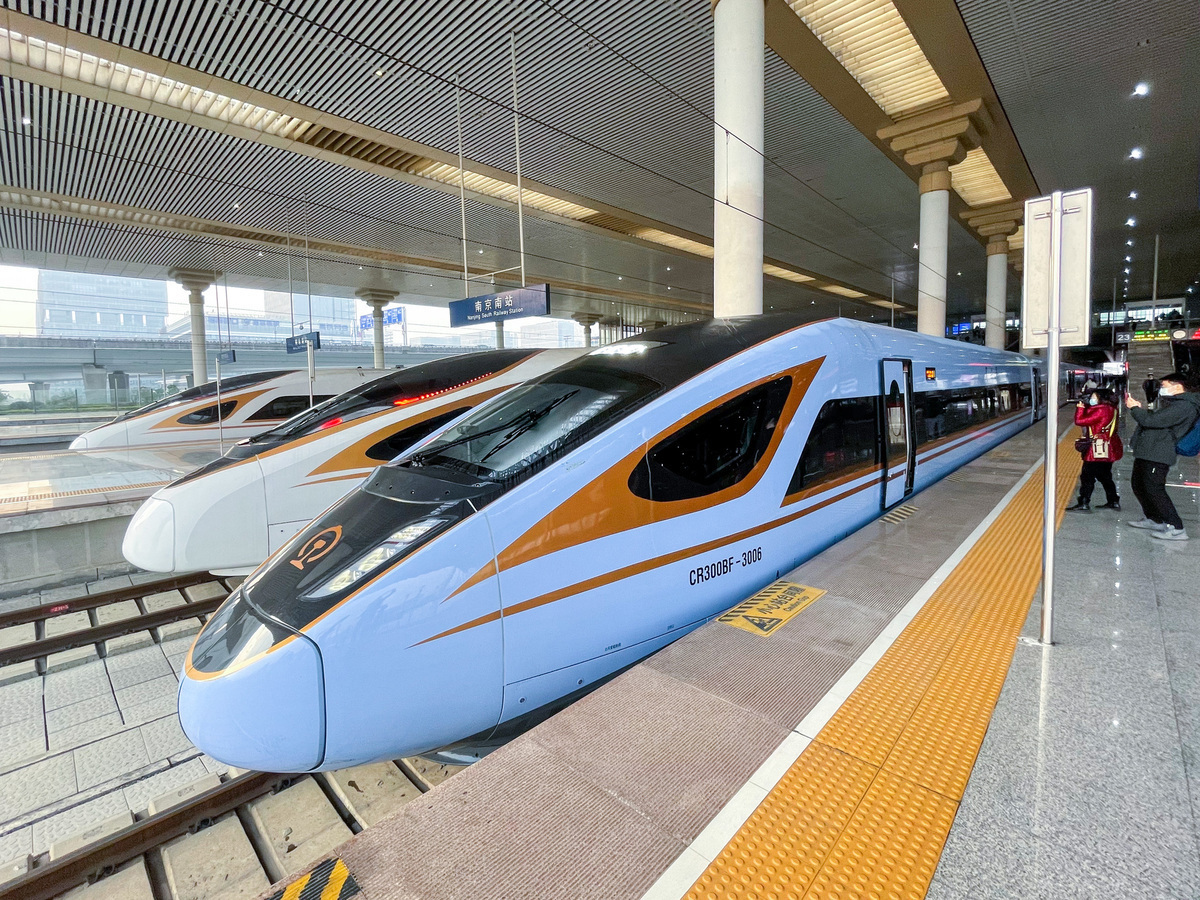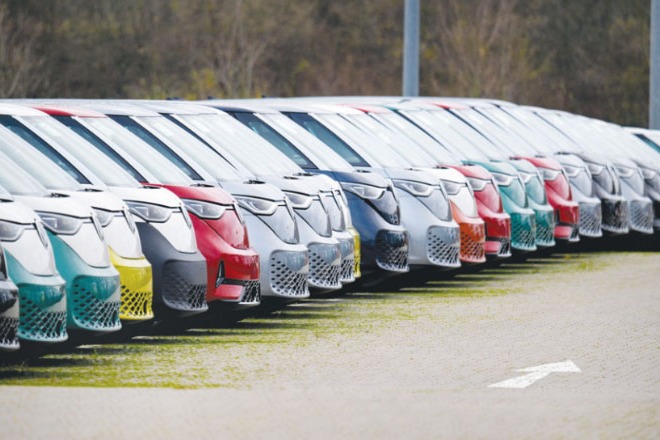Country roads that take people home appear better today


Editor's Note: From railways including high-speed trains and aviation including state of the art airports to a comprehensive road network including world-class expressways, China has become a global leader in transportation in just four decades. How did this come about? In the third of a series of commentaries, a senior journalist with China Daily searches the answers.
Country roads, take me home
To the place I belong...
Whenever this familiar song of John Denver plays, I am reminded of a zigzagging dirt road extending into the horizon, a dirt road lined with trees and bushes on both sides, a dirt road that leads me to my home, sweet home in a village.
Such country roads were not exclusive to West Virginia, as the John Denver (1943-1997) song goes. They were part and parcel of China's countryside. Which explains why the classic country song became popular among the Chinese people.
However, it is difficult to find such country roads in China today.
A State Council Information Office white paper issued at the end of 2019 said all towns and administrative villages in China with feasible conditions had been connected with asphalt or concrete roads. The days when people had to trudge on dusty and, during the rainy season, slushy roads are gone.
When China embarked on the road of reform and opening-up more than four decades ago, about 800 million people in rural areas were living in poverty. Realizing that achieving moderate prosperity depends largely on improving the transport network, China has been increasing investment in building asphalt roads in rural areas, especially in poverty-stricken areas.
Connecting villages with asphalt or concrete roads has been a decades-long and expensive project since China's vast landmass covers 9.6 million square kilometers and it has as many as 700,000 administrative villages and 2.62 million normal villages.
I still remember my trip to Dongxiang county in Gansu province 10 years ago when our cars were almost "buried" in dust driving on a bumpy dirt road. So dusty was the road that cars had to maintain a one-km distance to give some time for the dust to settle, or else the drivers could see nothing in front.
"It could be worse during the rainy season," a local official told me. Rain can turn the dust into slush making it impossible for cars, even tractors, to drive. And poor transport conditions prevented the county's development, making Dongxiang one of the poorest counties in the country.
But a few years later, when I met the official in Beijing, he invited me to visit Dongxiang again, proudly telling me that, thanks to investments from the central and the local governments, asphalt roads now connect all the administrative villages and many normal villages, and the entire county had been lifted out of absolute poverty.
Between 2012 and 2019, China built or upgraded 2.09 million km of roads in rural areas, including about 1.1 million km in impoverished areas, raising the total length of rural roads to 4.2 million km.
While making sure that all the administrative villages are connected with asphalt or concrete roads-a goal the government set in the 13th Five-Year Plan (2016-20)-China, as part of its special arrangement to help the poor, also built 96,000 km of asphalt and concrete roads in impoverished areas connecting normal villages with relatively large populations.
While the central government sees to it that the administrative villages are connected with newly built or upgraded roads, it is the local governments and village administrations that are largely responsible for improving inter-village road connections. In better-off regions such as Jiangsu and Zhejiang provinces, the majority of such villages have already been connected. But in many other regions, the impoverished villages still seek more support for the purpose from the government or companies and institutions that have agreed to help lift villages out of poverty as part of the government's overall poverty-alleviation campaign.
Three years ago, when I visited a poor village in Huichang county, Jiangxi province, I walked on a 2-km-long concrete road, leading to a mountain village of a little more than 100 households. There were solar-powered street lamps every 30 meters along the road, which, I was told, were built with the donations from companies.
When night fell, the lights automatically switched on. Strolling on the newly built country road flush under the bright solar-powered lights, I was once again reminded of the familiar tune and distinctive voice of John Denver:
Country roads, take me home
To the place I belong...
kangbing@chinadaily.com.cn
The author is former deputy editor-in-chief of China Daily.

































